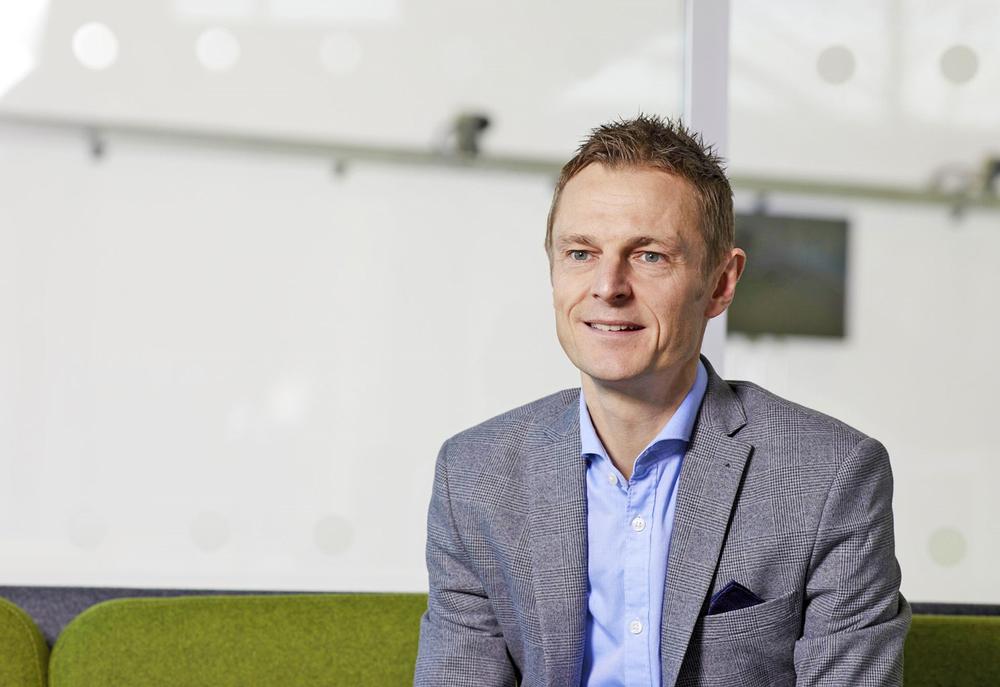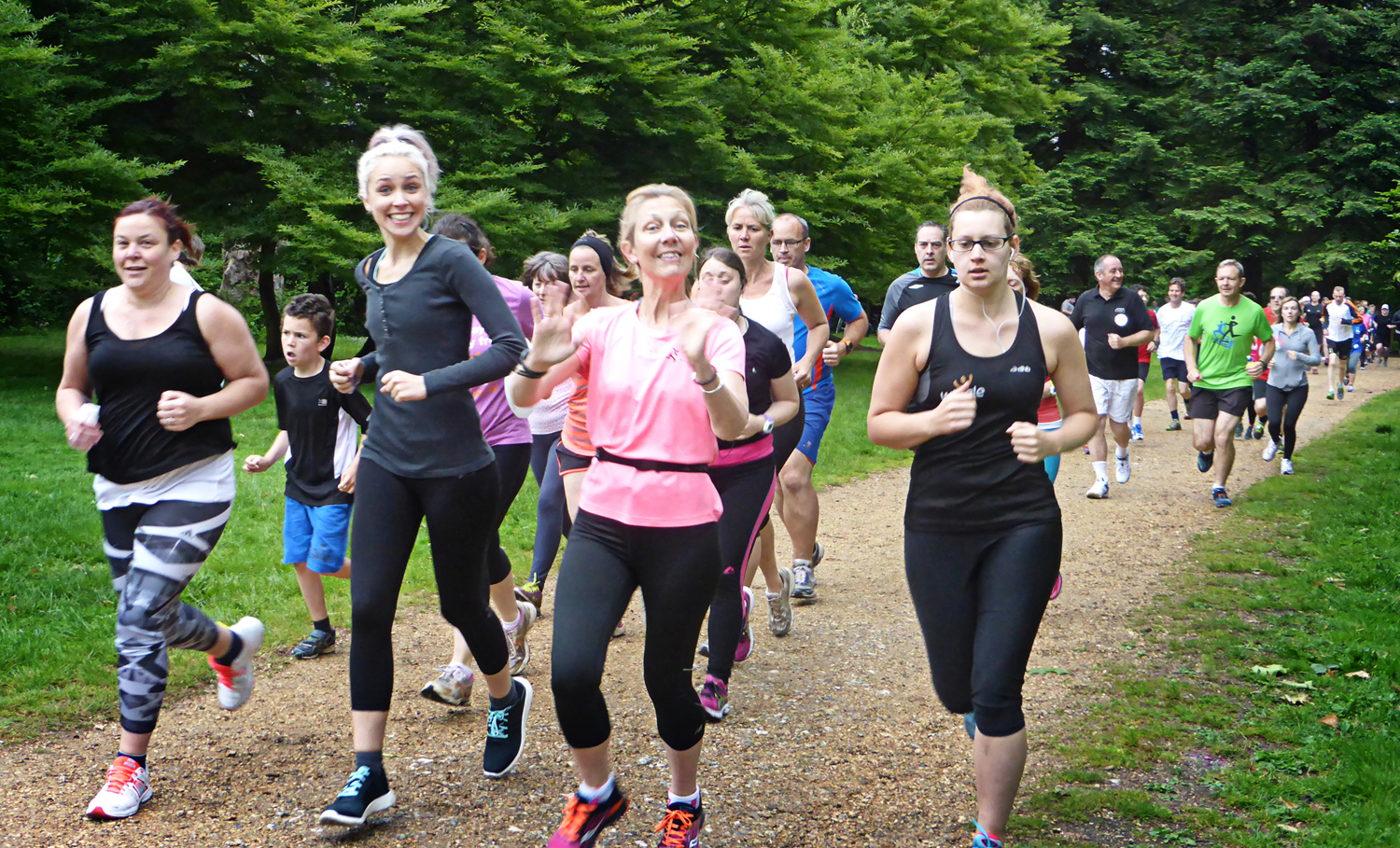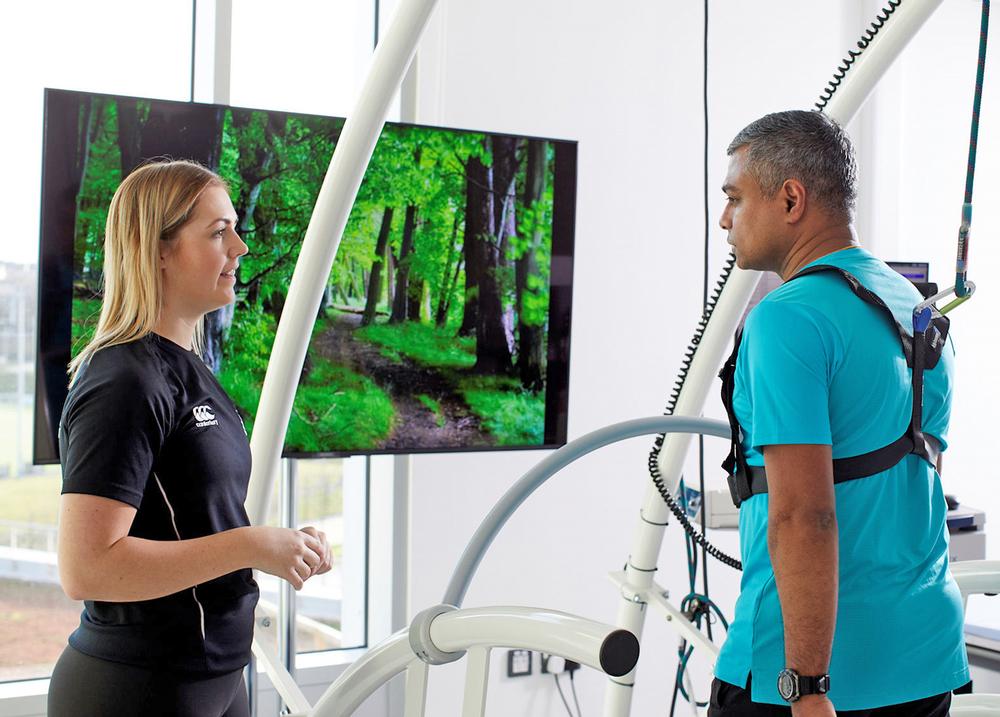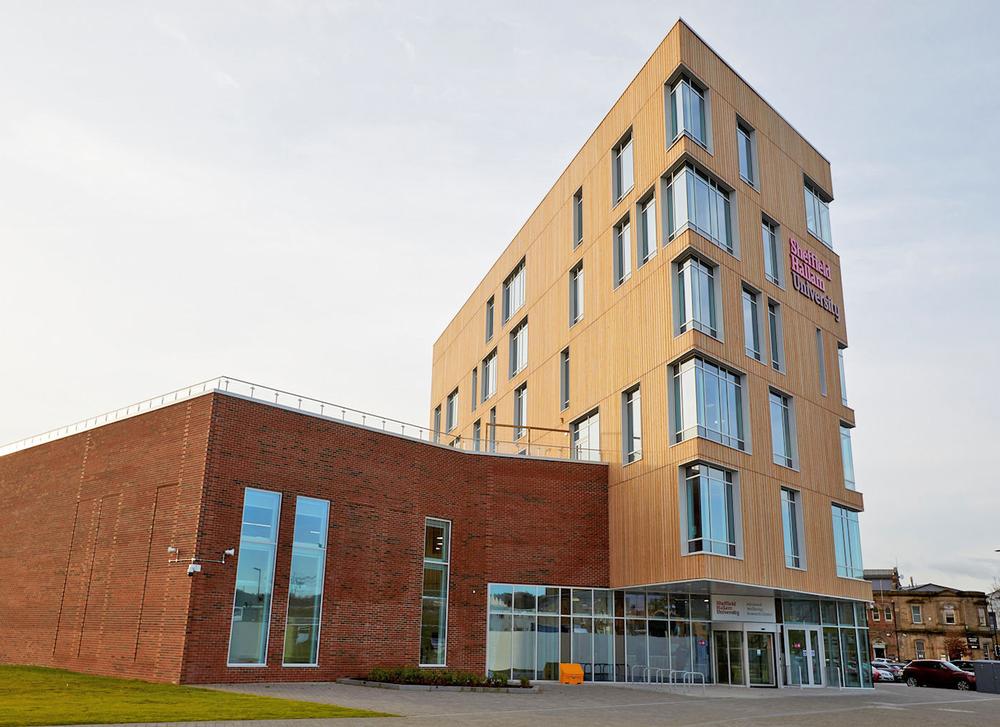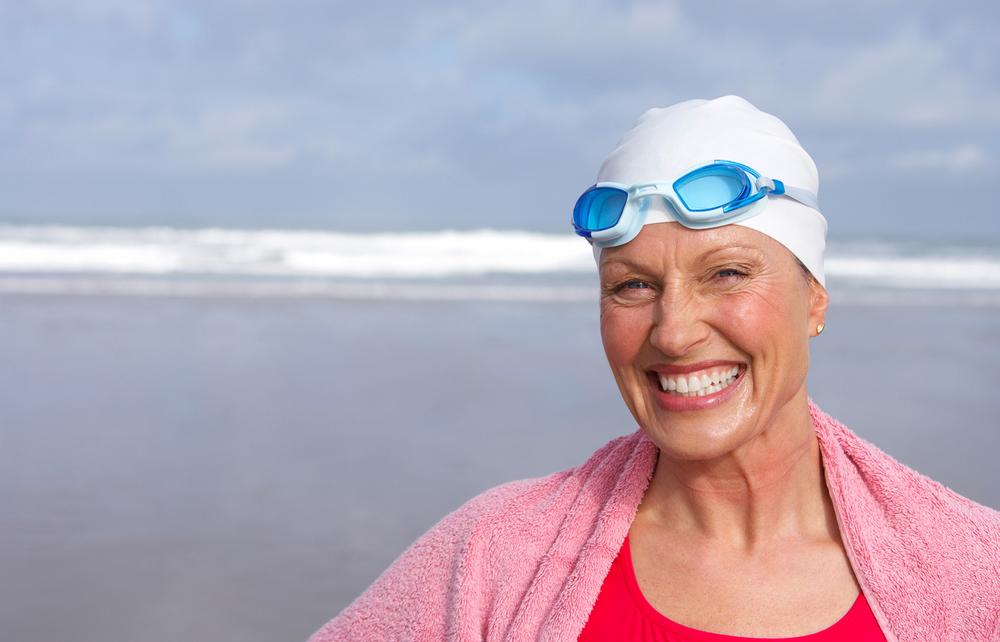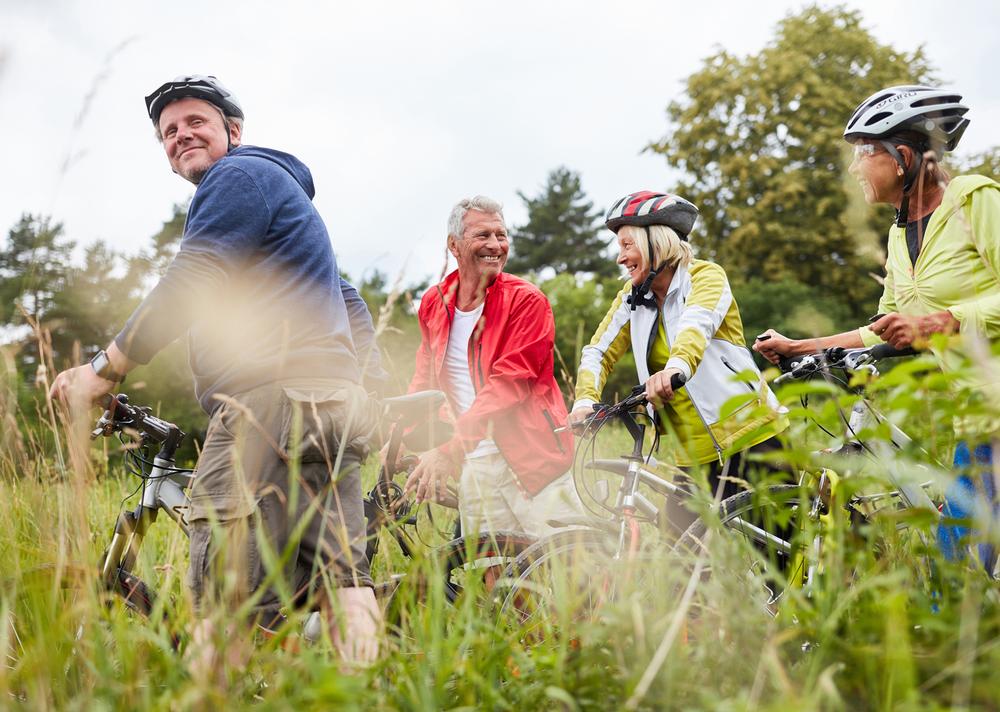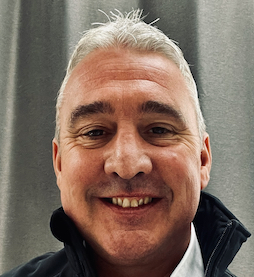What’s your background?
A Sport and Exercise Science degree, then a masters, was followed by a role with Mansfield District Council as a community health and fitness officer.
I then came to Sheffield Hallam University to do a PhD in psychology, with a particular focus on childhood obesity. Twenty years later I’m still here, these days as a professor in Physical Activity and Health.
In particular, and this goes back to my psychology PhD, I’m interested in behaviour change: in how we create the conditions to make it easy for people to be physically active. Most of my work now focuses on this.
Tell us about the NCSEM and AWRC
The National Centre for Sport & Exercise Medicine is an Olympic legacy project from London 2012, with three branches: one in London, one in the East Midlands and one in Sheffield.
Our focus in Sheffield has always been: how can we transform Sheffield to become the most active city in the UK?
We explore all the different elements that have an impact on people’s movement during everyday life: schools, workplaces, the way we move and travel around the city, the environment, people’s individual capabilities and opportunities. This all combines to determine how active we are.
Sheffield’s NCSEM received £10m in funding from the Department of Health and Social Care, and we used that money to co-locate NHS clinics into three leisure centres – we now run close to 90,000 clinical appointments a year in leisure centres.
This places physical activity at the heart of NHS treatment, changing the way people think about how activity might form part of their treatment, whether for musculoskeletal recovery, diabetes or weight management. What better way to start that conversation than to have it in a leisure centre rather than in a hospital?
Then came a statement from the International Olympic Committee which said that, if we really want to challenge non-communicable disease, we need to bring together multiple different disciplines to research in a different way.
So, we got to thinking: what would happen if we brought all our different academic departments together, giving them a space to co-locate and collaborate on projects? What if we then placed innovation and technology at the heart of that? If we took some of our learnings from elite sport and translated those innovations into population health?
This was the genesis of the Advanced Wellbeing Research Centre (AWRC). Its vision: to draw all this expertise together to transform lives through innovations that help people move.
The centre opened in January 2020, funded by £14m from the Department of Health and Social Care for the building itself, plus a further £1m for equipment from the European Regional Development Fund.
How multi-disciplined is the AWRC?
We have software engineers, behavioural scientists, applied psychologists, geneticists, healthcare professionals, physiotherapists, system change specialists, sports and exercise scientists, design experts and public health specialists.
We have sports engineers from elite sporting backgrounds, who bring their expertise – in engineering, aerodynamics, product development, specialist carbon and so on – and apply it to the broader population. We have specialists in robotics and machine learning: the robots in our building can help people move, support them with medications, help kids with autism to engage with their health appointments – they find it easier to interact with robots and it calms them down.
Many are Sheffield Hallam professors, but we also have visiting researchers from around the world, and the team is so diverse that I will have forgotten someone for sure!
Our facilities are equally diverse. We’re one of the only places to have a morphology lab – morphology being the study of body shape and size – where, for example, we’re looking at the potential of scanning shape and size, rather than traditional measures of BMI, to predict health outcomes.
We’ve already used this in Olympic sports and are now applying it to health.
We have one of the biggest movement analysis labs in Europe: 500sq m of space where we can look at everything from how objects fly through the air to supporting people with walking patterns and falls recovery.
I’ve already mentioned our robotics software lab, which always catches people’s attention.
However, the real novelty of the AWRC is the way it brings together this mix of academic disciplines with external agencies and communities. The building makes that feasible, creating a hugely energising and collaborative environment in which to work.
What are your long-term goals for the AWRC?
Internally, we talk about an ambition to be the world’s leading centre for physical activity research, but that will only be measured by the impact we have. I’m not really bothered about the label: it’s all about the impact. Seeing the ROI of what we do is hugely rewarding and a big part of what drives me personally.
For me, success looks like this: there will be hundreds of products, services and innovations available in society, being used by people across multiple sectors to support them in being physically active, and our expertise will have contributed to all of these. I’m convinced we can achieve that and it’s really exciting.
Meanwhile, our research and innovation is already directly influencing policy around the Sheffield City region – in the field of active travel, for example. But fast-forward, I would like to see our research also influencing national and international policy relating to population activity.
We will have hundreds of training programmes too – for Masters students, healthcare professionals, business leaders – and these will be embedded throughout academia, the NHS and other sectors.
And of course, ultimately the goal is that the Sheffield City region firstly, and then the UK as a whole – as we broaden our reach – becomes the most active place in the world. A place where the inequality gap has been eradicated.
The health and fitness sector has a huge part to play in this, and we will be there to support it with evidence-based programmes that make a real difference to members. We, and gyms, have a responsibility to close the inequality gap. If, in 20 or 30 years’ time, I can point to specific programmes and say ‘I remember working with XYZ operator to develop that and it’s now being delivered to 200,000 people across Europe’, that would be great.
But let me make one important final observation. While the AWRC will be instrumental in achieving all of this, we are only one part of the solution. It’s vital that we recognise the whole host of other organisations and partners that are working really, really hard on this agenda: there are local community organisations that have been supporting people in being physically active for decades. We have a shiny new building, and lots of media attention as a result, but our vision will only be achieved in collaboration.








